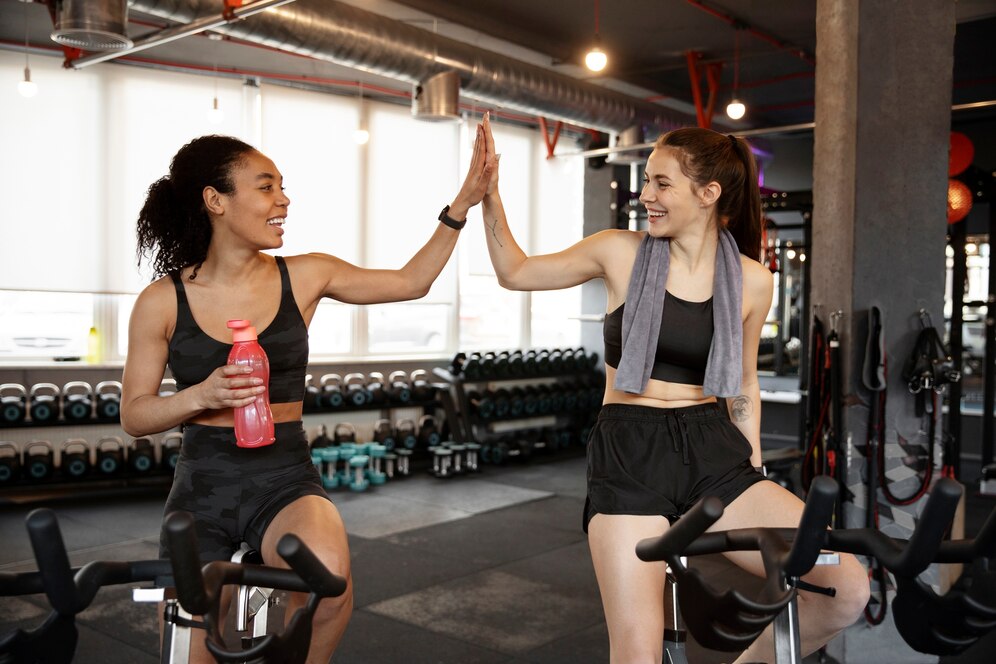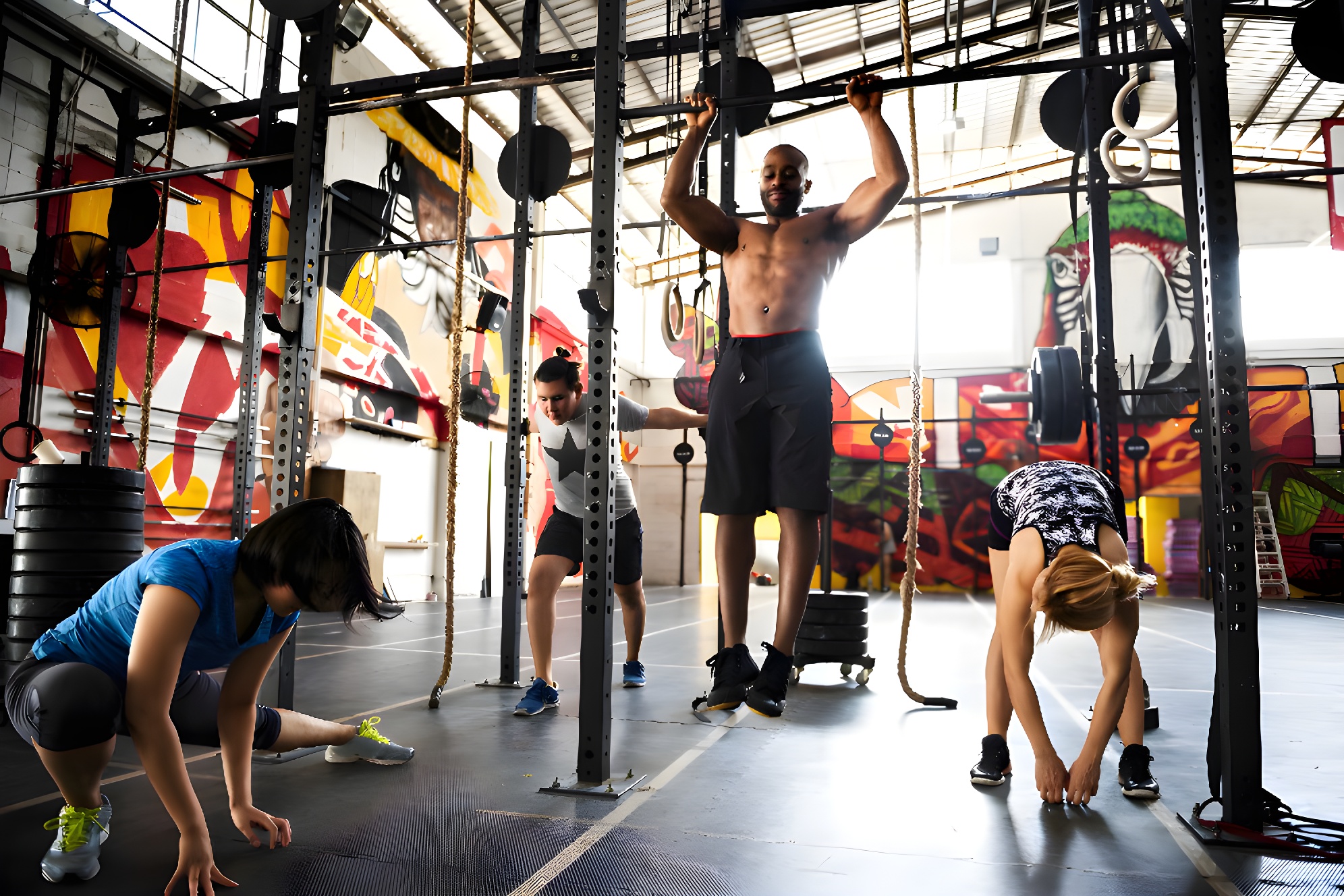When most people think about choosing a gym, they usually focus on things like equipment, location, or price. Fair enough—those things matter.
But there’s one key factor that rarely makes the checklist and yet quietly determines whether you’ll actually keep showing up: culture.
Gym culture is the energy you feel when you walk through the door. It’s the way the staff greets you, the music playing during your workout, the way members treat one another, and how the space makes you feel—motivated, comfortable, or maybe the opposite. It’s that mix of atmosphere and attitude that either helps you thrive or makes you want to sprint back to your couch.
And trust us: no amount of high-tech machines can make up for a culture that doesn’t click.
It’s Not Just About Weights and Wi-Fi
A lot of gyms look good on paper. Rows of squat racks, towel service, maybe even a smoothie bar. But culture isn’t something you can list in bullet points. You have to feel it. And when you do, it can be the difference between a gym you join and a gym you love.
Think about it. Some gyms might offer state-of-the-art facilities but leave you feeling like you’re crashing someone else’s party. Others, like a well-run gym in Hanover Pennsylvania, manage to combine high-end amenities with a down-to-earth, welcoming vibe that actually makes you want to come back.
That’s the sweet spot: a gym where the atmosphere supports your effort—and your mindset.
What Exactly Is Gym Culture?

It’s not a slogan. It’s not a mission statement in a frame. Gym culture is the lived experience of every person who walks through those doors. You know you’re in a gym with a good culture when:
- The front desk actually remembers your name
- Trainers offer help without ego
- People wipe down their machines (seriously—this says a lot)
- No one judges your form, your size, or your playlist
- You leave feeling better, not just physically—but mentally
It’s subtle, but these things add up. A solid culture makes a gym more than a place to lift weights—it turns it into a second home for your goals.
The Link Between Culture and Consistency
Here’s the truth: consistency beats intensity, every time. You don’t need to crush it seven days a week. You just need to keep showing up.
And that’s where culture really earns its keep. When you feel welcome, respected, and part of something—even if it’s just a quiet nod from a fellow regular—you’re more likely to stick with your routine. You’re not just chasing physical gains. You’re showing up for the positive energy, the accountability, and that post-workout “I did it” vibe.
If a gym feels cold, competitive, or chaotic, it chips away at that motivation. You start finding excuses. You ghost your own fitness plan. But in a place that feels right? Your sneakers practically walk you there on autopilot.
Red Flags to Watch For
Not all gyms get culture right. Some common signs that the vibe might not be for you:
- Clueless or indifferent staff: If the team isn’t engaged, why would you be?
- Intimidating energy: If it feels more like a bodybuilding convention than a fitness community, keep looking.
- Neglected cleanliness or maintenance: If they don’t care about their space, they probably don’t care about their people either.
- Clique culture: Some gyms have unofficial “cool kid” zones that leave newbies feeling awkward.
- No clear support structure: Are there trainers who actually train, or is it every person for themselves?
You don’t need perfection. But you do need a place that actively supports your effort—not just your wallet.
What Great Gym Culture Looks Like
The best gyms create a culture on purpose. It doesn’t happen by accident. That might mean hiring friendly, knowledgeable staff who care about members beyond their check-ins. It might mean creating thoughtful spaces where everyone—from marathon moms to first-timers—feels included.
At a place like Platinum Fitness Hanover, for example, it’s not just about the equipment (though that’s solid too). It’s about the people. The kind of place where regulars chat between sets, where trainers offer form tips without being condescending, and where the whole space feels built for real people—not just fitness influencers and gym bros.
This kind of energy isn’t just nice to have. It’s part of what keeps people coming back. Because let’s face it—accountability and encouragement are just as important as dumbbells and treadmills.
How to Spot the Right Fit
Before you sign up, test the vibe:
- Visit at your usual workout time: A gym that’s peaceful at 10 a.m. might feel like a zoo at 6 p.m.
- Talk to the staff: Are they helpful or just rehearsing sales scripts?
- Watch how people interact: Are there smiles, fist bumps, casual convos?
- Try a trial pass or class: Nothing reveals culture like being a guest in the space.
It’s like dating—you’ll know when it clicks. And if it doesn’t? Trust your gut and keep looking.
Don’t Settle—Your Progress Depends on It
A gym should work for you, not against you. Don’t let cheap rates or shiny machines distract you from what really matters. If you don’t feel comfortable, encouraged, or at ease, it’s going to be harder to show up—and showing up is half the battle.
That doesn’t mean every gym needs to be a cozy coffee shop with barbells. But it should feel safe. It should feel energizing. And above all, it should feel like your space.
Bonus: What to Ask Before Joining
To really dig into a gym’s culture, ask questions like:
- “What’s your approach to supporting beginners?”
- “Do you offer free intro sessions or check-ins?”
- “What kind of community events or group classes do you offer?”
- “How do you handle overcrowding or equipment etiquette?”
The answers will tell you way more than a price list ever could.
Gym Culture and Mental Health
One underrated aspect of gym culture is its effect on your mood. Exercise is already a stress-buster, but the right environment amplifies that effect. When you’re surrounded by good energy, small wins feel bigger. And when you’re in a slump, a quick chat or shared laugh during cooldown can lift your spirits more than any PR ever could.
On the flip side, a negative gym culture can increase anxiety, discourage progress, and leave you feeling more isolated than supported. That’s not just bad for your workout—it’s bad for your wellbeing.
So when you’re choosing a gym, think beyond your body. Think about how you want to feel while you’re there.
Culture Can’t Be Bought—But It Can Be Built
The best part? Gym culture is contagious. When leadership sets the tone, the community follows. One person’s act of kindness—spotting someone, offering a tip, saying hello—can ripple across the room. And over time, those little moments create something bigger than any one workout.
That’s why it’s worth supporting gyms that prioritize culture. Because when a gym invests in its people, its people invest back.
Final Thought
Gym culture isn’t a trend. It’s the foundation of a fitness routine that actually lasts. You don’t need the fanciest equipment or the cheapest deal. You need a place where you can grow—physically, mentally, and socially.
So go ahead, be picky. Try the place out. Ask questions. Feel it out. And if you find a gym in Hanover Pennsylvania that checks all the boxes? Stick with it. Because the right culture won’t just shape your workouts—it might just shape your lifestyle, too.





